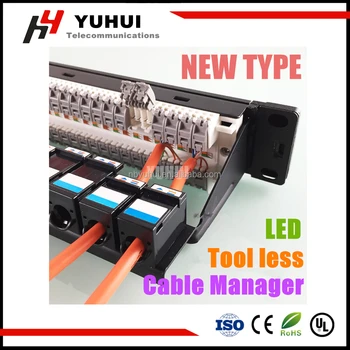Rpatch Tool
Coreldraw graphics suite x6 portable. Setup Type: Offline Installer / Official Files.
. Along the top, click on any shape and drag itonto the canvas; or, double-click on any shape to have a copy placed on thecanvas. The buttons along the left allow you to modify your design. Activate the eraser, and remove any shape by clicking on it. Activate the spin tool, then click on a shape to rotate it. Activate the flip tool, then click on a shape to reflect it top tobottom. Activate the grid tool, and two objects placed near one another willsnap together.
If you click on the button in the upper left corner, a menu of shapes willbe displayed. Select one of these shapes, and then try to build it. An outlineof the shape will appear on the canvas, and the 'Hint' button can be used to seeone possible solution. If you want to save your work, click on the picture of the floppy disk at the upper right. Enter your name.
Your image will open in a new pop-up window. Right-click on the image to save it.
If nothing happens after you enter your name, you will need to allow pop-ups. If you want to print your work or save it as a PDF, click on the printer icon and follow the instructions in your browser.

A punch down tool in use, terminating a into a receptacleMost punch down tools are of the impact type, consisting of a handle, an internal spring mechanism, and a removable slotted blade. To use the punch down tool, a wire is pre-positioned into a slotted post on a punch block, and then the punch down tool is pressed down on top of the wire, over the post.
Once the required pressure is reached, an internal spring is triggered, and the blade pushes the wire into the slot, simultaneously cutting the insulation and securing the wire. The tool blade does not cut through the wire insulation to make contact, but rather the sharp edges of the slot in the contact post itself slice through the insulation.However, the punch down tool blade also is usually used to cut off excess wire, in the same operation as making the connection; this is done with a sharp edge of the punch down tool blade trapping the wire to be cut against the plastic punch block. If this cutoff feature is heavily used, the tool blade must be or replaced from time to time. Tool blades without the sharp edge are also available; these are used for continuing a wire through a slotted post to make connections with another slotted post (' wiring).For light-duty use, there are also less-expensive punch down tools with fixed blades and no impact mechanism. These low-cost tools are more time-consuming for making reliable connections, and can cause when used for large numbers of connections.To accommodate different connector types, and krone blocks require different blades. Removable blades for 66 or 110 are almost always double-ended.

How To Use Patch Tool Photoshop
Some blades have one end that only inserts the wire for daisy-chain wiring from post to post, and another end that inserts wire and trims the excess length for termination at a post. Other blades have a cutting 66 blade on one end and a cutting 110 blade on the other. Krone blades require a separate for trimming the wire.References Wikimedia Commons has media related to.